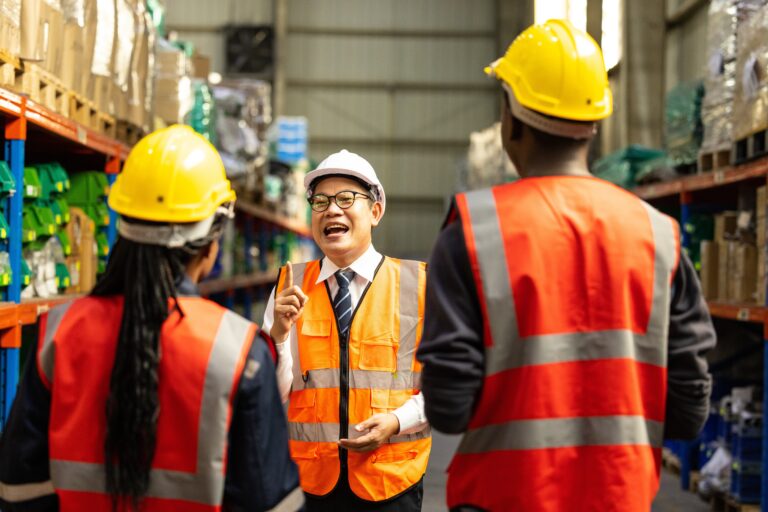The Industrial Welfare Commission (IWC) was established to regulate wages, hours, and working conditions in California. The manufacturing industry’s Wage Order No. 1 has long required employers to compensate employees for a minimum of two hours of reporting time pay if they show up for work “but [are] not put to work or [are] furnished less than half said employee’s usual or scheduled day’s work.”
Nearly all industries in the state have the same Reporting Time Pay rule, from mercantile and agriculture to transportation and broadcasting. Despite diversity in what their shift work entails, the industries operate under an equivalent assumption of what it means to report for work: physically being there.
Last month, this status quo was disrupted. Ward v. Tilly’s has expanded the very definition of what it means to report for work.
When the IWC wrote the phrase “report for work”, it’s clear that they meant physically showing up at the worksite. Ward v. Tilly’s very divided Court of Appeal, however, disagreed with the rigidity. The majority concluded that the IWC would have determined that calling in before a shift to see if you were needed is enough to trigger reporting time pay—had they considered call-ins an option at the time.
To reiterate: your employees are entitled to no less than two hours of full-rate compensation if they have to call ahead of time to check if they need to come in, even if they are told “no” and never physically come in for their shift.
This verdict makes one thing clear: absorbing the additional costs of overscheduling is imperative for fair compensation practices. If you haven’t already put an end to your on-call scheduling practices, you should—and automation can help make this happen.
Improve Work/Life Balance
Like Tilly’s, a lot of employers in California schedule a bit on-the-fly. They use a mix of regular and on-call shifts, the latter relying on employees calling in two hours before the shift starts to ask whether they should actually come in to work. Previously, if they are told to come in, they are paid for the hours; if not, they do not receive any compensation for having spoken on the phone.
Obviously, the Court doesn’t think this method is viable anymore. But why?
To put it simply, employees are inconvenienced with on-call scheduling. Making themselves available to work on-call could mean forgoing other employment opportunities and hiring last-minute sitters and caregivers. It’s hard to plan around the uncertainty, but it ends up working out for the employee… if they get to come in. If the employee finds out just two hours before a shift that they aren’t needed, that could mean a day of lost wages; we’ve already discussed how detrimental it is financially for hourly workers to miss even just one shift.
This verdict makes employers more accountable for their staffing strategies, ensuring employees are compensated for being either on-call or an employer’s overscheduling fosters a more equitable workplace. Speaking of which…
Only Staff to Match What You Need
Another reason the definition of “report for work” was expanded is that it will encourage employers to accurately project their demand needs and schedule accordingly, instead of relying on overscheduling.
“But how do I do that with my paper-based scheduling practices?” you ask. Well, you can’t. However, with real-time labor demands integrated at the point of scheduling, you can!
When the scheduler is able to quickly assess what their spread looks like, they can proactively control for any gaps (or remove people from an overcrowded shift before the schedule is finalized). Real-time labor updates make it easier to determine when it’s time to schedule overtime to qualified employees, bring on temp workers, or relieve a few people from their shifts.
With automated scheduling, on-call shifts will be a thing of the past because they won’t be necessary.
The Indeavor Solution
Indeavor is our workforce management SaaS solution which offers clients an end-to-end, cloud-based employee scheduling, time & attendance, and absence management system. Indeavor integrates with your human capital management and enterprise resource planning systems to create a robust platform that provides you with real-time employee data.
Our workforce management analytics allow you to look back on historical data to create forecasts during your peak and off-peak months.
Click here to request a demo.




